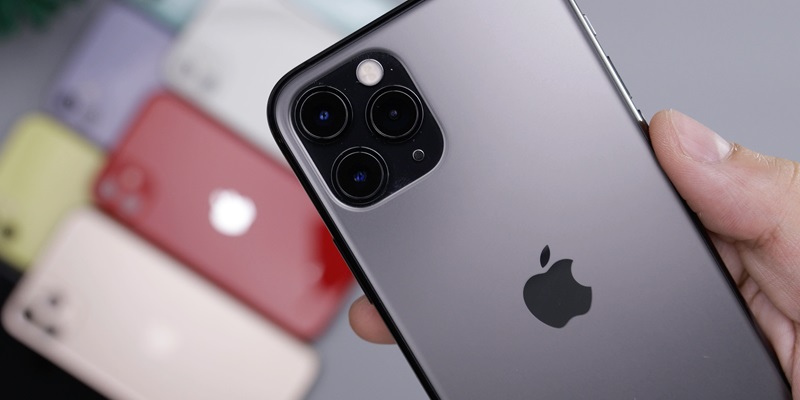When Apple introduced the iPhone 11 Pro with 128GB of storage, it was lauded for embodying the pinnacle of technology and design. Its elegant design and breakthrough features suggested the dawn of a new epoch for smartphones. This device was expected to set new standards in the industry. Yet, whether it truly stands as a technological marvel is a question that hinges on examining its fundamental aspects of innovation and user experience.
The iPhone 11 Pro’s triple-camera system was a talking point, offering versatility in photography not seen before in its predecessors. Its A13 Bionic chip promised unprecedented performance and efficiency for a smartphone. The combination of hardware and software, backed by the robust iOS, aimed to offer a smooth, intuitive user experience, further cementing its status as a leader in smartphone evolution.
However, to fully assess the iPhone 11 Pro’s impact and efficacy, one must look beyond the specs. Real-world user engagement, long-term reliability, and overall ecosystem integration define its standing. Despite its features, only through holistic evaluation can its place as a technological marvel be confirmed.
Unmatched Build and Screen Quality
The iPhone 11 Pro 128GB sports a textured matte glass and stainless steel design that exudes luxury while offering a durable build. Complemented by a sophisticated palette of colors, its appearance is at once timeless and contemporary. The handset feels substantial in hand, partly thanks to the premium materials and partly because of the advanced technology it houses.
The 5.8-inch Super Retina XDR display is a testament to Apple’s commitment to visual excellence. With crisp resolution and accurate color representation, the screen is not only a joy to view media on, but it is also adept at showcasing the nuances necessary for professional-grade photo editing directly on the device. Whether scrolling through websites or watching 4K videos, the display’s capabilities are undoubtedly at the forefront of smartphone technology.
A Camera System Par Excellence
Central to the iPhone 11 Pro’s allure is its sophisticated camera system. With three 12MP lenses – wide, ultra-wide, and telephoto – it’s engineered to perform exceptionally across a multitude of photographic scenarios. The introduction of Night mode was particularly groundbreaking, enabling users to capture vivid and detailed images in low-light conditions, rivaling professional cameras.
The Deep Fusion technology, another standout, works silently in the background, analyzing and optimizing every pixel for texture, detail, and noise, giving even the most casual snapshots a professional touch. This level of computational photography was unparalleled at the phone’s release, showcasing Apple’s dedication to pushing the boundaries of what’s possible in mobile photography. It’s not just the hardware that impresses; the software integration makes it a seamless and user-friendly experience for both novices and professional photographers.
Performance and Ecosystem Integration
The iPhone 11 Pro with its 128GB storage and A13 Bionic chip remains a standout for performance. The chip, the fastest at launch, handles everything from multitasking to advanced gaming effortlessly while also being energy-efficient for longer battery life.
Apple’s ecosystem integration enhances the iPhone 11 Pro’s appeal, thanks to iOS 13, which synchronizes the device’s operations with other Apple products seamlessly. This synergy is evident in services like iCloud and the App Store, contributing to a cohesive and intuitive user experience that extends from personal use to professional tasks.
With its impressive cameras, robust performance, and seamless ecosystem integration, the iPhone 11 Pro 128GB exemplifies a blend of luxury and practicality. Though not the newest model, when released, it set standards in technological advancement and user experience, maintaining its status as a sophisticated device that preempts future trends in innovation.

